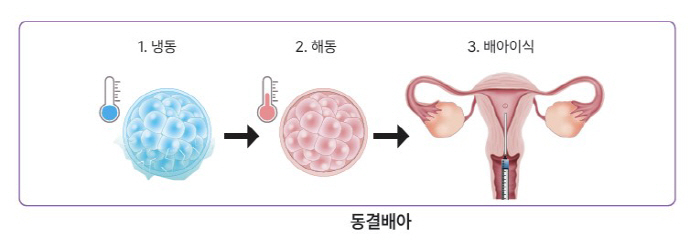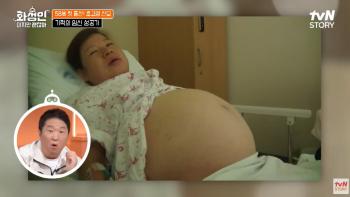Nearly 800,000 embryos produced last year...There are more than 500,000 pieces of disposal
Jul 17, 2025
Last year, the number of embryos produced was close to 800,000 per year, and the number of discarded embryos exceeded 500,000.
According to data received from the Ministry of Health and Welfare by Kim Yoon (Democratic Party of Korea), a member of the National Assembly's Health and Welfare Committee, 783,860 embryos were newly created last year. The annual number of embryos produced increased every year from 334,687 in 2016 to more than 500,000 in 2021 (557,724) and increased 30.7% last year compared to the previous year (599,851 in 2023).
In addition, as of the end of December last year, the number of embryos in cold storage by embryo-producing medical institutions was 383,520. The amount of eggs stored was 133,926 and the amount of sperm stored was 56,967 vials.
With in vitro baby procedures becoming more common, ovulation inducer is used to create a number of fertilized eggs, transplant only one to three eggs, freeze the rest, and use them in the next transplant cycle or in preparation for the next child's pregnancy.
The number of embryos used for transplantation last year was 201,496, up 19.9% from the previous year (160,018). This is an increase of 31.9% from 2019 (152,761) and 56.6% from 2016 (128,672).
Last year, 533,266 embryos were discarded because the embryo condition was not suitable for pregnancy, had passed the preservation period, or because the consent authority requested it to be discarded. It increased 30.8% year-on-year (407,569) and 104.7% year-on-year (260,506).
Representative Kim Yoon said, `As technology for the birth of precious life is advanced and various family forms are emerging, careful and elaborate system design is needed to protect the dignity of life while correspondingly.'
According to data received from the Ministry of Health and Welfare by Kim Yoon (Democratic Party of Korea), a member of the National Assembly's Health and Welfare Committee, 783,860 embryos were newly created last year. The annual number of embryos produced increased every year from 334,687 in 2016 to more than 500,000 in 2021 (557,724) and increased 30.7% last year compared to the previous year (599,851 in 2023).
In addition, as of the end of December last year, the number of embryos in cold storage by embryo-producing medical institutions was 383,520. The amount of eggs stored was 133,926 and the amount of sperm stored was 56,967 vials.
With in vitro baby procedures becoming more common, ovulation inducer is used to create a number of fertilized eggs, transplant only one to three eggs, freeze the rest, and use them in the next transplant cycle or in preparation for the next child's pregnancy.
The number of embryos used for transplantation last year was 201,496, up 19.9% from the previous year (160,018). This is an increase of 31.9% from 2019 (152,761) and 56.6% from 2016 (128,672).
Last year, 533,266 embryos were discarded because the embryo condition was not suitable for pregnancy, had passed the preservation period, or because the consent authority requested it to be discarded. It increased 30.8% year-on-year (407,569) and 104.7% year-on-year (260,506).
Representative Kim Yoon said, `As technology for the birth of precious life is advanced and various family forms are emerging, careful and elaborate system design is needed to protect the dignity of life while correspondingly.'
|
This article was translated by Naver AI translator.














